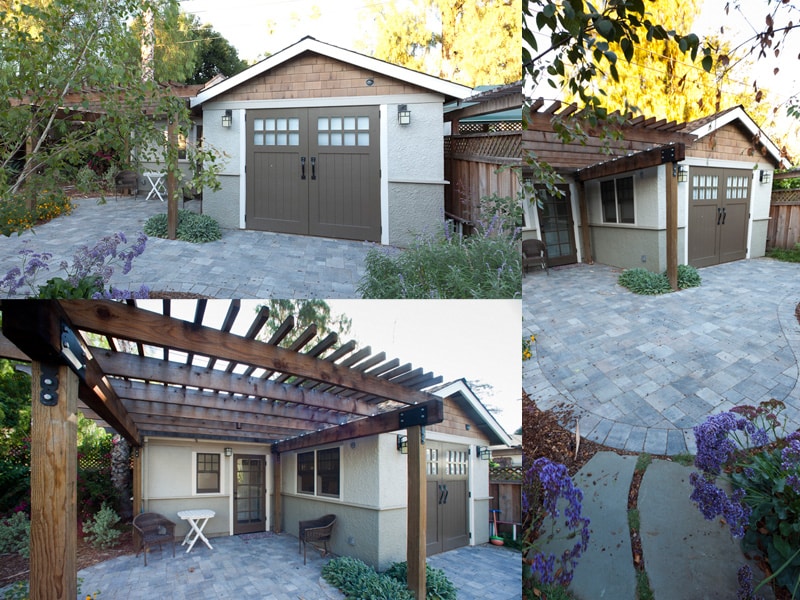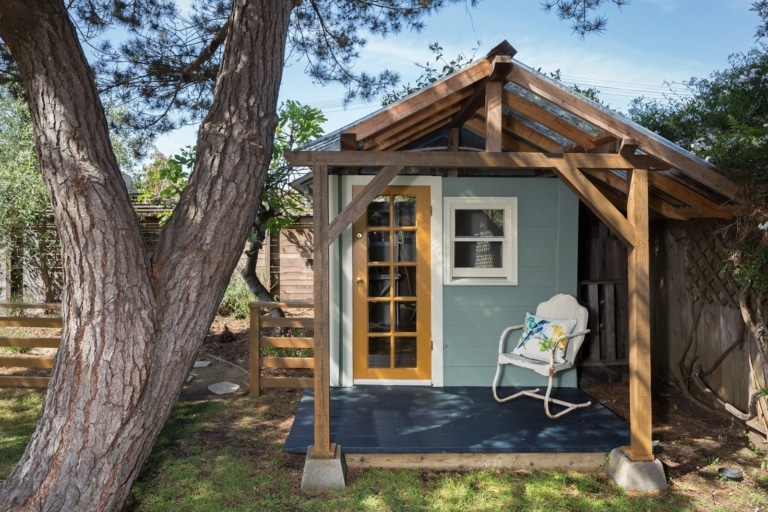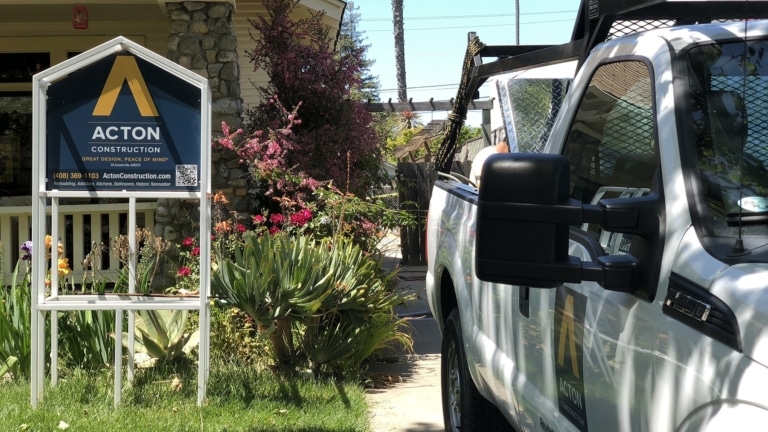Are You Thinking of Adding an ADU to Your Home?
Consider These Key Factors Before You Get Started.
ADUs, or Accessory Dwelling Units, continue to rise in popularity across the country. Under new California state law, the term “accessory dwelling unit” describes a small, self-contained residential unit located on the same lot as an existing single-family home. An ADU is generally smaller in size while still providing all the basic amenities found in a primary dwelling such as a kitchen, bathroom, and sleeping area.
Today, ADUs go by several names: granny unit, granny flat, in-law suite, in-law cottage, mother-in-law apartment, or secondary dwelling unit. Historically, each of these terms had a unique meaning depending upon the city or county in which the primary dwelling was located. Nowadays, however, they are often used interchangeably.

Where You Live Makes a Difference
Before breaking ground on an ADU, it is important to consult city rules, regulations, and ordinances that pertain to the building of an ADU on your property. Recent California legislation now prohibits mandated discretionary review of ADU applications by local governments and encourages the construction of ADUs. However, it’s still critically important to arm yourself with knowledge. Before any construction begins, make sure you are well versed in any zoning rules or regulations applicable to your area.
This Is Not a Time to DIY
Are you thinking of building that addition, mother-in-law suite, or room-to-rent on your own? Regardless of what type of ADU you are building, it is highly recommended that you work with a qualified professional. More specifically, hiring a design-build contractor during the design and construction phases will ensure that you have covered all your bases when it comes to structure and safety requirements. You are more likely to guarantee your own satisfaction with the results, too.
Prioritize Key Design Elements
When adding an ADU to your property, it’s important that your design blends in with the surrounding residential design. Especially when considering an attached ADU such as a side addition or an above-garage unit, a cohesive design will help maintain compatibility with the character of your community. To develop a fully integrated design, a qualified design-build contractor will help you visualize an integrated design using 3D software and specialized tools.
It’s also important to maximize the available square footage for the ADU. Basic amenities usually include a bathroom, kitchen, and sleeping area. Beyond these, consider including space for a washer and dryer, workspace, or extra storage for bicycles and outdoor gear.
Over the course of a lifetime, most people accommodate a range of ADU residents. So, whether you’re planning new space for an elderly family member, college student, tenant, or out-of-town guests, it makes sense to incorporate universal design principles.
The National Association of Home Builders defines universal design as “the design of products and environments to be usable to all people, to the greatest extent possible, without the need for adaptation of specialized design.” A universally-designed space will include aging-in-place needs, whether you are young, old, short, tall, healthy, or ill. These amenities include, but are not limited to:
- Motion sensors for outside entry lights
- No-step entries and non-slip floors
- 36-inch doorways (opposed to the standard 32-inch) for wheelchair access
- Easy-open levers for doors and drawers
- Varied counter heights, including locking pullout boards for extra counter space
- Larger bathrooms, level-entry or curbless showers with hand-held shower heads
- Separate heating and air conditioning controls with easy access.
- Easy access smoke, fire, and carbon monoxide detectors
- Additional value-add design elements that will help maximize the income potential for your ADU

The Bottom Line
ADUs are a great way to earn extra income or offset the cost of living in your home. They are also a wonderful way to boost the housing supply in your community. ADUs are especially attractive to tenants seeking a competitively priced alternative to the rental of an entire single-family home.
If you’re considering the addition of an ADU, in-law suite, guesthouse, or backyard cottage in 2017, contact Acton ADU today to start the conversation. We’re passionate about helping you develop a creative and functional plan for a space that meets all your wants and needs.





